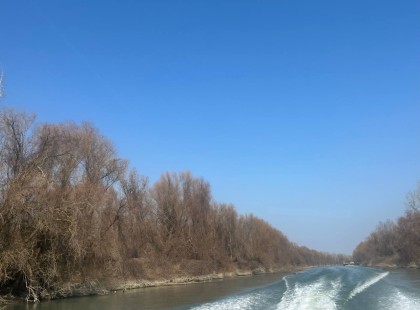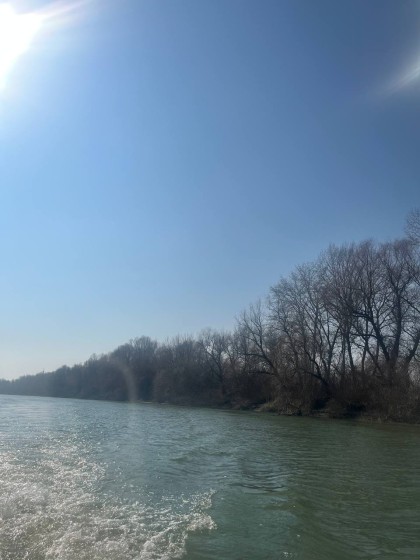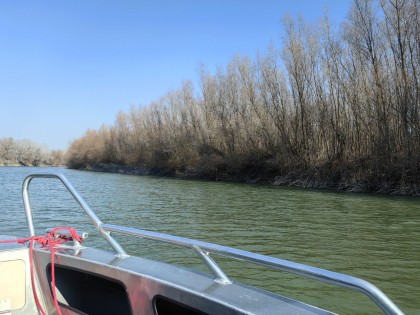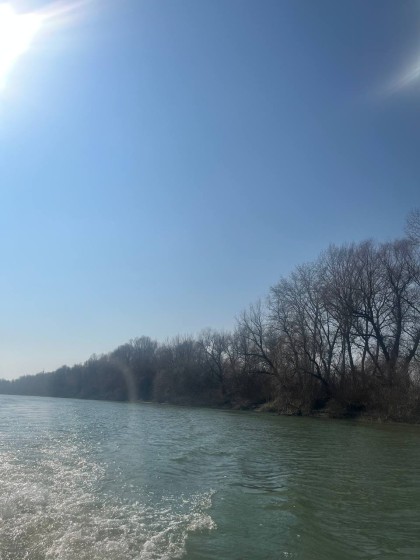The branch has a significant impact on the water supply of the two largest lakes of the Danube region - Katlabukh and Kitay, which play an important role in the reclamation of agricultural lands, the development of fishing and ensuring ecological balance in the Izmail district. At the same time, the stable operation of six pumping stations and the functioning of the Kiliya drinking water intake, which provides water to thousands of residents of the region, directly depends on this branch.
In the absence of urgent hydraulic engineering measures, there is a real threat of the Kyslytsky branch dying out. This will inevitably lead to the shallowing and further drying of the lakes Katlabukh, Saf'yany - Lung, Kitay, on the shores of which there are more than ten settlements. The loss of water resources will deal a significant blow to the local population, which is traditionally engaged in fishing, agriculture and other activities related to aquatic ecosystems.
Additionally, due to the steady decline in the water level in the Danube and the weakening of the flow in the Kiliya estuary, the state of the inner delta of the Kiliya arm has significantly deteriorated. This has negatively affected several of its arms, in particular the Kyslytskyi, Seredniy, Ivanești and Stepovy. The latter has almost completely dried up, while Kyslytskyi and Ivanești are in a critical state, approaching an ecological catastrophe.
Further deterioration of the situation may lead to the disappearance of unique wetlands, which are the habitat of many species of fish, birds and wetland plants listed in the Red Book of Ukraine. This will affect not only biodiversity, but also the climatic conditions of the region, increasing the risks of droughts and soil degradation.
To prevent these consequences, it is necessary to implement a set of restoration measures, such as clearing riverbeds, building new hydraulic structures, regulating runoff and monitoring the state of water bodies.









